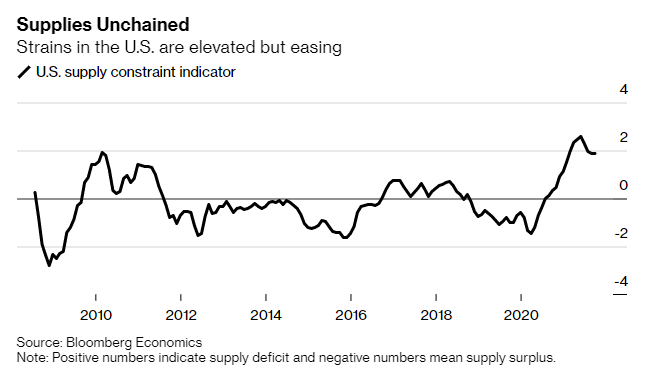
🇺🇸 Americans expect #inflation to rise 4.9% over the next year, matching the highest since 2008, the Michigan report showed - Bloomberg
*They expect prices will rise at an annual rate of 3.1% over the next five to 10 years, the most since 2011.
*They expect prices will rise at an annual rate of 3.1% over the next five to 10 years, the most since 2011.

3/4 of consumers ranked #inflation, compared with unemployment, as the more serious problem facing the nation. Given that inflation's impact is regressive, the Sentiment Index ⬇ 9.4% among households with total incomes <$100K, but ⬆ 5.7% among households with incomes >$100K.
The same split was observed for prospects for the national economy, with lower income households more negative, and higher income households holding a more positive outlook.
*Link: bit.ly/33CnQfB
*Link: bit.ly/33CnQfB

🇺🇸 #Fed | It reinforces my view that the risk of a wage-price spiral is now real with low-income families asking for higher salaries ⬇
christophe-barraud.com/fed-quantitati…
christophe-barraud.com/fed-quantitati…
🇺🇸 It also implies that real PCE from working- and middle-class households will slow dramatically in 1Q22 as their excess savings could be already exhausted.
https://twitter.com/C_Barraud/status/1479722883991707648
• • •
Missing some Tweet in this thread? You can try to
force a refresh














